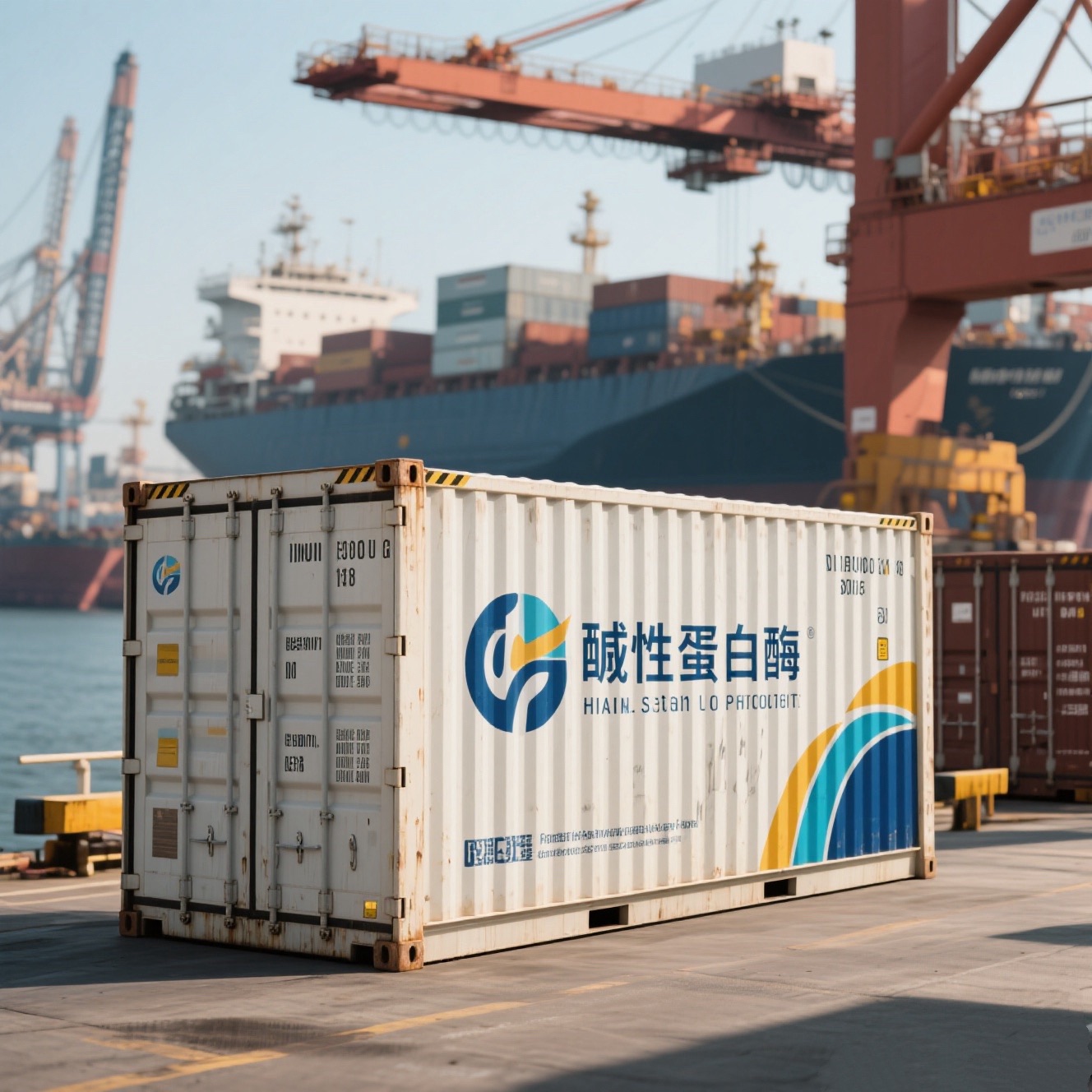
Latest Import-Export Analysis of China's Fixative Agents (HS: 33053000)
“China's fixative agents sector demonstrated robust trade dynamics in 2024, with exports surging to $60.9 million (up 12.85%) and 12,900 tons (up 26.92%), while imports grew steadily to $15.1 million. The U.S. dominates as the top export destination (59.51% share), though emerging markets like South Korea and the Netherlands show accelerated growth. Key challenges include reliance on U.S. markets and tariff policy risks, underscoring the need for diversification and agile risk management. With global demand for functional finishing agents projected to grow 6–7% annually, China is well-positioned to expand its global footprint through eco-friendly innovations and cost-efficient solutions.”
Fixative agents (HS: 33053000) are chemical products primarily used as "fixing/finishing/color-fixing agents" (cationic, silicone, polyurethane types, etc.) in the post-finishing processes of textiles, leather, pulp, etc. They are mostly liquid or paste-like, and their market demand is growing in tandem with downstream industry drivers.
According to customs data, China's exports of fixative agents (HS: 33053000) in 2024 reached a total value of $60.90 million USD, a year-on-year increase of 12.85%. The total export volume was 12,900 tons, a year-on-year increase of 26.92%. Imports totaled $15.10 million USD, a year-on-year increase of 9.29%, with an import volume of 830 tons, a year-on-year increase of 8.64%. From January to July 2025, both exports and imports of fixative agents showed growth compared to the same period in 2024. The peak import volume occurred in March, with a year-on-year increase of 53.63%, and the peak import value also occurred in March, increasing by 60.12% compared to the same period in 2024.

In terms of markets, China's exports of fixative agents (HS: 33053000) are mainly concentrated in North America and Asia. North America accounts for 60.27% of the total export value, with the United States being the largest single export market, accounting for 59.51% of the total export value. In Asia, South Korea is the main market, accounting for 4.21% of the total export value, representing a 43.57% increase compared to the same period in 2024. In Europe, the Netherlands showed the fastest growth, with an increase of 108.25% compared to the same period in 2024. Imports are primarily sourced from Japan and Germany, which together account for 57.59% of the total import volume, with products mainly consisting of high-end functional finishing agents.
As the dominant export market, the tariff policies of the United States are a core variable affecting exports. Any new developments in tariffs could lead to increased export costs, weaken the product's price competitiveness, and potentially impact up to two-thirds of related business. Significant fluctuations in the data may themselves reflect market expectations regarding trade policy uncertainty. The current high dependency on this market creates a relatively passive position in trade negotiations.
Regarding market strategy, accelerating market diversification is essential. While stabilizing potential markets, it is important to actively explore emerging markets such as South Korea, Japan, Australia, ASEAN, and the Middle East. Secondly, close attention must be paid to U.S. policy trends, establishing a sensitive risk early-warning mechanism Internally, companies should work to absorb some of the potential pressure from rising tariff costs to strive for maintaining overall competitiveness.
Overall, China's exports of fixative agents (HS: 33053000) are growing steadily, driven by the expansion of textile production capacity in Southeast Asia, while environmental upgrades are driving up the average price. The import segment is dominated by high-end products from Germany and Japan. Over the next five years, global demand for functional finishing is expected to grow annually by 6-7%. China, leveraging its environmentally friendly formaldehyde-free/silicone technologies, is poised to continue expanding its overseas market share.
Big Trade Data,as China's first data company, provides import-export customs data for over 90 countries from 2010 to the present. It enables online precise analysis of import-export market distribution, detailed transaction records of importing/exporting enterprises, specific volume-price analysis, supply cycles, and more. It provides reliable foundational data for major foreign trade enterprises and industry consulting companies.













